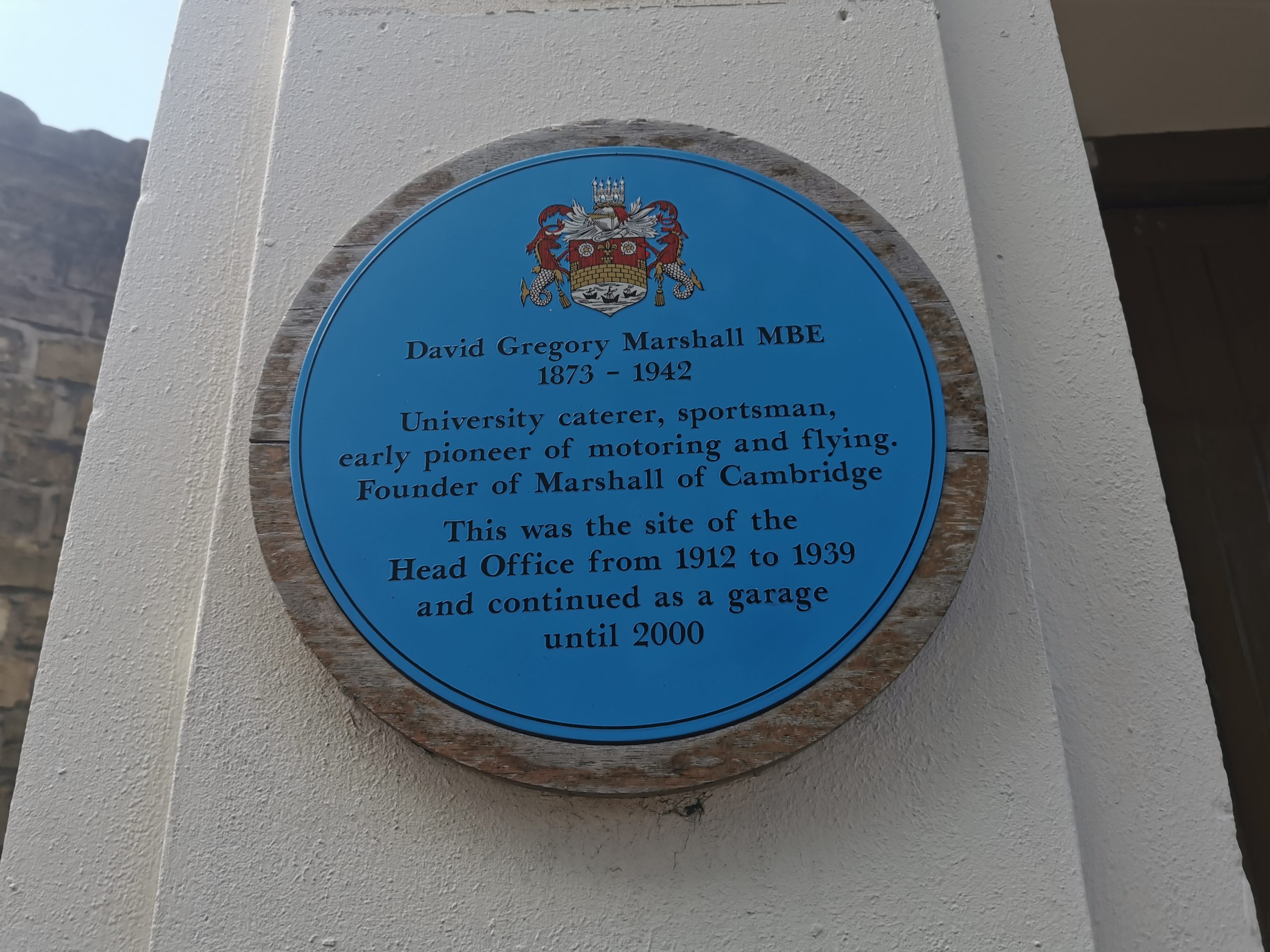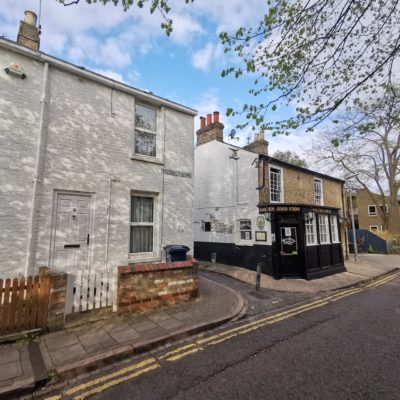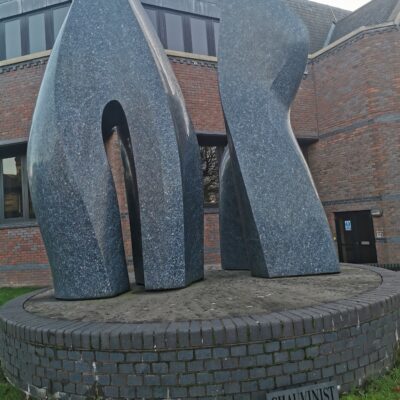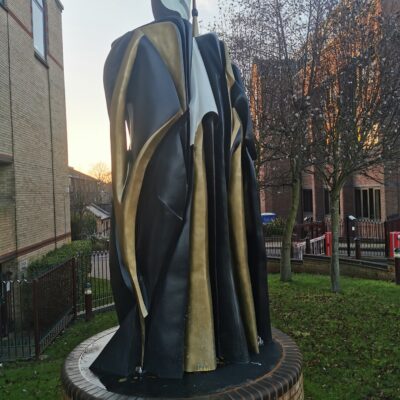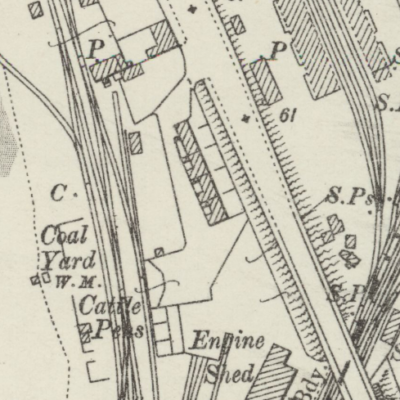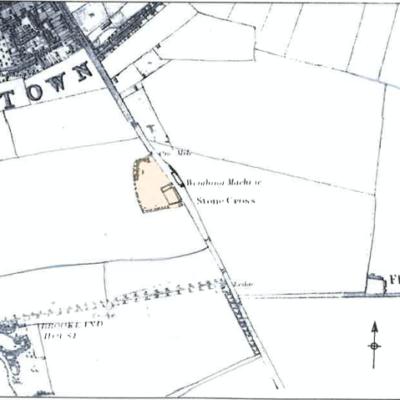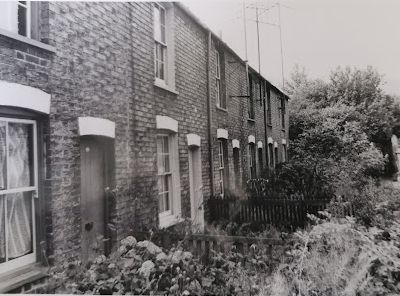Search by topic
- archaeology
- architecture
- bricklayer
- Building of Local Interest
- carpenter
- church
- crime
- dressmaker
- fire
- Great Eastern Railway
- listed building
- medieval
- oral history
- Public House
- Rattee & Kett
- Religious House
- Roman
- scholar
- school
- Then and Now
- tudor
- women
- work
- world war one
- world war two
Search by text
War Memorial I-Spy Answers
I-Spy Trail War Memorial Answers
R TAIT MCKENZIE was the sculptor of the Cambridge City War Memorial known as The Homecoming. McKenzie was a physiologist as well as a sculptor. He was Scottish-Canadian and after World War One gave up medicine to focus on art. His model for the statue was Kenneth Hamilton, an undergraduate at Christ’s College and he is dressed in the uniform of the Cambridgeshire Regiment. The plinth was carved by Rattee and Kett whose workshop was the other side of the road where the Kett Building is today.
The memorial was unveiled on 3rd July 1922 by the Duke of York (later George VI). Unfortunately the actual bronze statue wasn’t ready in time and gilded plaster replica was set up. The memorial has been moved twice. In 1952 it was set up on an island in the middle of the road junction but in 2012 was moved to its present position during the development of Botanic House.
Opposite, the giant mural of an oak tree represent’s KETT’S OAK. Robert Kett led a rebellion in 1549 against but was eventually executed in Norwich Castle. It was the site of the original Rattee and Kett Wood and Stone Carving Works. James Rattee set up here in 1843 next to his house, Poplar Cottage, and went into partnership with George Kett (who claimed descent from Robert Kett) in 1848. They became one of the leading firms of their kind, involved in projects not just in Cambridge, but in London and throughout the country. The Catholic Church in Hills Road and Churchill College are just two of the many buildings they were responsible for.
THE PIG sits with his companion on the parapet of the Flying Pig pub. Its original name was the Engineer and like many of the buildings in this part of Cambridge appeared at the same time as the development of the railway. We know that in 1851 the pub was offering bed and board. Nick Barraclough has told the story of the pub in ‘A Disorderly House’ (2018). The very existence of the building has been threatened by development plans for the area. Its neighbour, The Osborne Arms, which dated from at least 1839, was reduced to rubble a few years ago.
If you would like to find out more about the fascinating history of the pubs in your part of Cambridge, why not get together a group of friends as a pub history group and contact Capturing Cambridge for support? The Museum of Cambridge itself is housed in the former White Horse Inn at the bottom of Castle Street where you can see the old snug and bar, crammed full of tankards, bottles and other pub paraphernalia.
Perhaps the only mid 19th private house that survives in this immediate area is 110 Hills Road, with its IMPRESSIVE RAILINGS. The brewer Charles Wagstaff was living here with his family in 1861. By 1881 it was inhabited by Robert Farrer, the artist, and his family; the house in that year is occupied by 16 family members so its not surprising that they eventually found somewhere even bigger in Station Road.
On the opposite side of the junction, the set back STAINED GLASS DOOR at 5 Station Road was the front door of the Smith family who ran a dairy and greengrocers from here before World War One. The NORFOLK STREET BAKERY next door seems a long way from home here. Before the Great War is was the site of the Withycombe drapery.
Other than shops on the ground floor, much of this enormous corner edifice would have been the rooms of the Great Northern Hotel, 1 STATION ROAD. Andrew Philips was running an inn on this site from at least 1851 and in 1871 we find it referred to as the Great Northern Hotel. The Burn family ran it for over 30 years up until World War One. It was still a hotel in the 1960s.
The BARBER’S POLE at no.55 Hills Road was for while in the 1880s a Temperance Hotel run by John Fox, an upholsterer. He was still running his business there in 1913. The barber’s pole sign goes back to the Middle Ages and dates from a time when barbers would perform surgery and apply leeches. The red and white are the colours of the blood and bandages.
Just tucked around the corner, out of sight of the bustle of Hills Road, is CLAREMONT. Clive James, the Australian writer, is believed to have been living here at the time of his death in 2019. The historian Pevsner describes Claremont as ‘a charming close of two short, middle-range 1860s terraces facing a gravelled garden.’ Even a community as small as this did not escape unscathed from World War One. From no. 5, Lt James H Banyard was killed in 1916 aged 29 and from no.2, Private Dudley J Smith in 1917.
Are you interested in finding out more about the local history of your neighbourhood in Cambridge? Do you have memories of how different it used to be? Do you know someone who has lived there for a long time and would have memories to share? Would you like to find out how to go about making an oral history recording or researching the history of your house or street or a local business or school?
Just email us!
Contribute
Do you have any information about the people or places in this article? If so, then please let us know using the Contact page or by emailing capturingcambridge@
License
This work is licensed under CC BY-NC-SA 4.0








